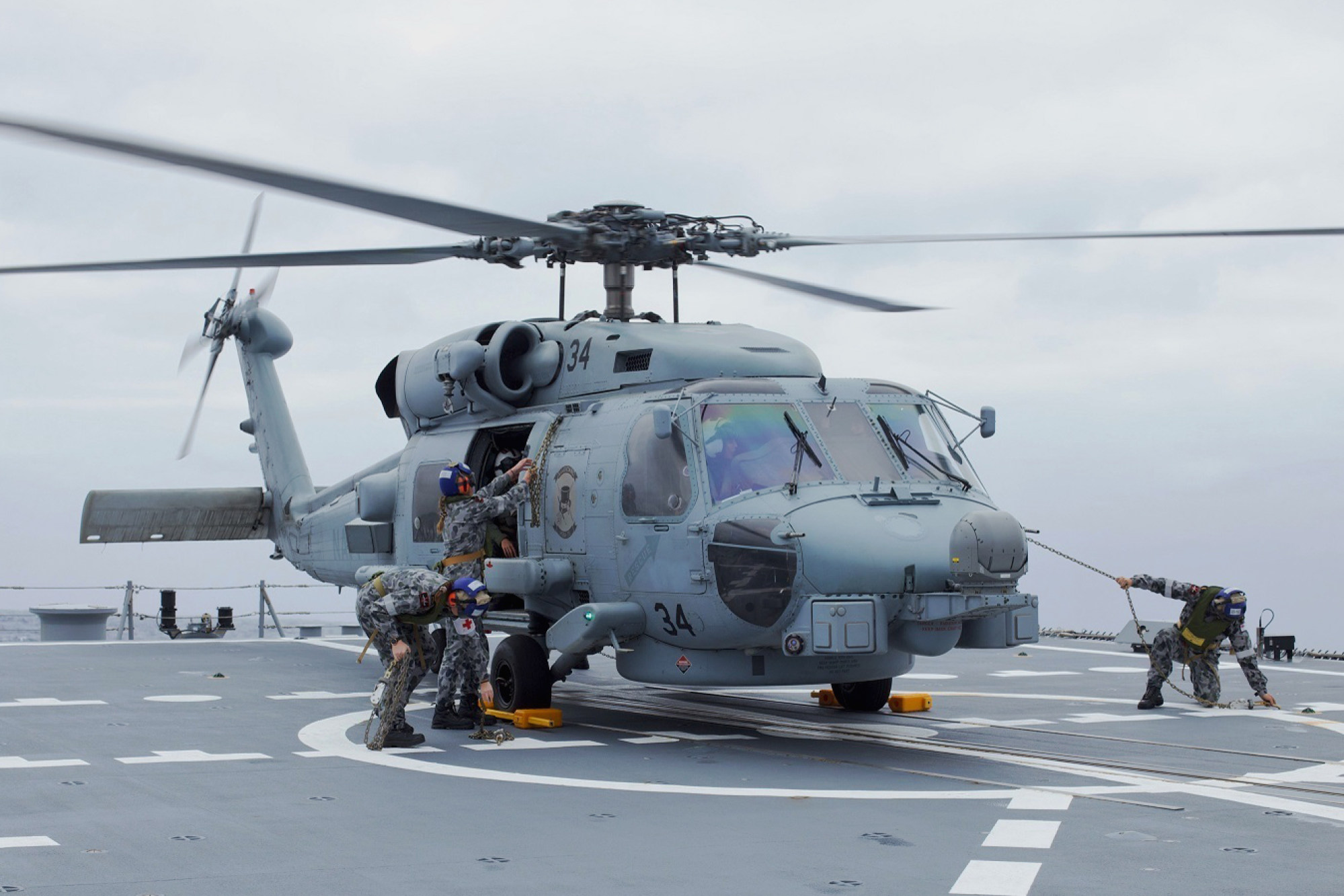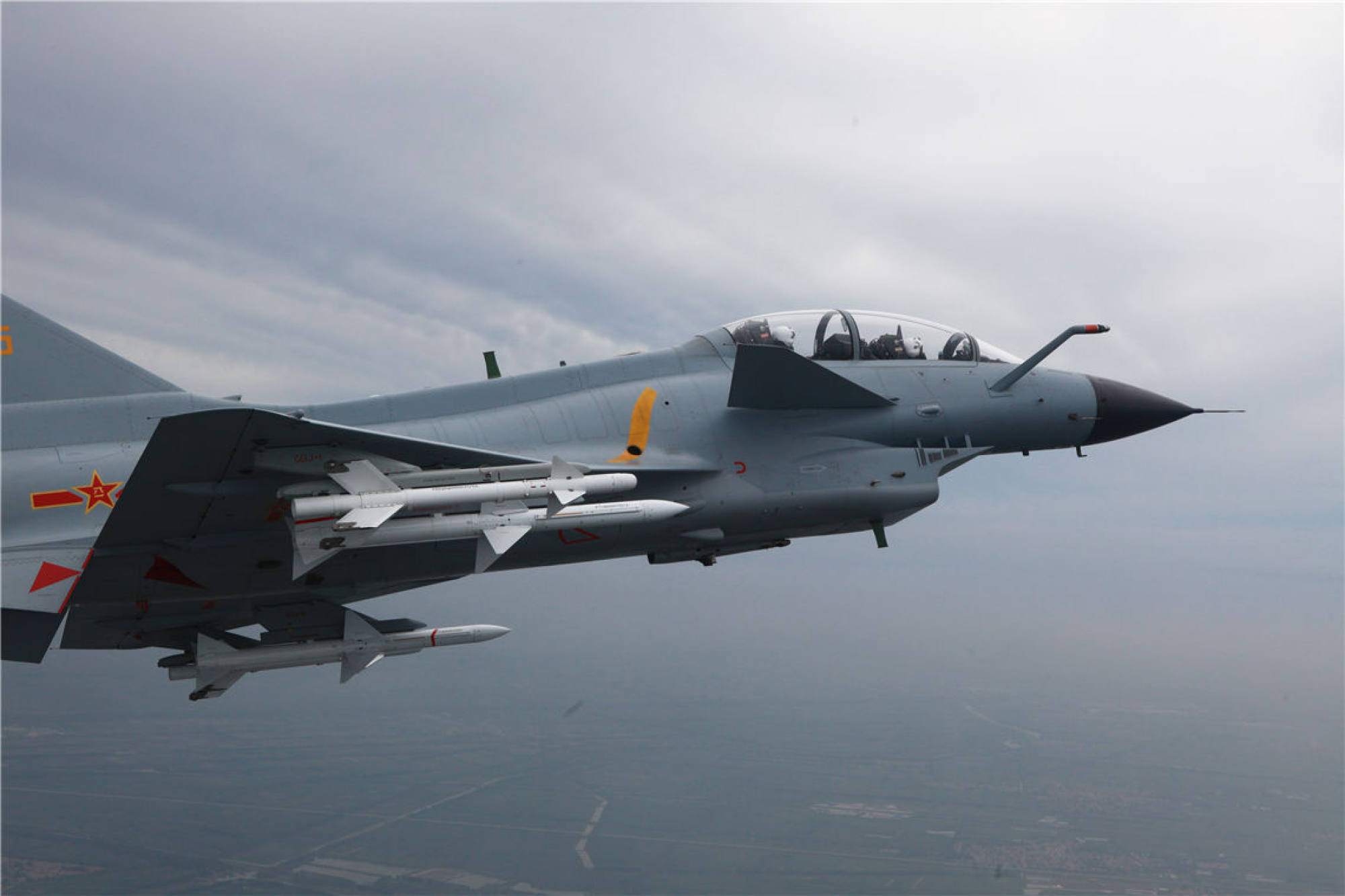
China slams Australian military for ‘disrupting’ drill after Yellow Sea helicopter confrontation
- Foreign ministry says PLA aircraft warned off Australian helicopter that was ‘disrupting’ a Chinese exercise
- Washington and Canberra have blasted ‘dangerous’ release of flares from Chinese fighter jet in international waters
China said on Tuesday that one of its fighter jets warned off an Australian military helicopter in the Yellow Sea because it was “disrupting” naval training, after Washington and Canberra slammed “unsafe and unprofessional” manoeuvres by a People’s Liberation Army aircraft.
Chinese defence ministry spokesman Zhang Xiaogang said Australia “confused right and wrong,” and accused the crew of the Australian destroyer HMAS Hobart of “disrupting” its exercises in the Yellow Sea.
“The Chinese military’s relevant operations of warnings and forcing others to leave were legitimate, reasonable, professional and safe, and fully complied with international law and international practice,” Zhang said.

The incident on Saturday occurred as the HMAS Hobart was enforcing United Nations Security Council sanctions against North Korea in international waters in the Yellow Sea, according to the Australian Defence Department.
A Chinese Chengdu J-10 fighter jet intercepted an Australian navy Seahawk deployed from the Hobart and released flares along its flight path, in a manoeuvre that was “both unsafe and unprofessional”, Australian Defence Minister Richard Marles said.
“We will not be deterred from engaging in lawful activities and activities which are there to enforce UN sanctions in respect of North Korea,” Marles said.
There were no reported injuries or damage, but Marles said Canberra has formally expressed concerns about the incident as the destroyer continues to operate in the area.
He said the Australian Defence Force personnel were “in international waters [and] international airspace”, adding that Canberra has made “very strong representations at every level to China”.

Australia has been sending naval vessels and aircraft to the region for sanctions enforcement missions against North Korea since 2018.
Canberra’s statement did not mention any Chinese drill near the location of the incident.
“I’ll let the Australian government speak for itself but it’s quite clear, given your presence and operations here that you’ll continue to do the same and we’ll support you doing so.”
The incident happened a month before Chinese Premier Li Qiang’s expected visit to Australia in June amid a growing rapprochement between the two countries after years of strained relations and trade disputes.
Last month, Australia held first ever joint naval drills with the US, Japan and the Philippines in the South China Sea, prompting China to conduct air and naval patrols in the disputed waters in response.

